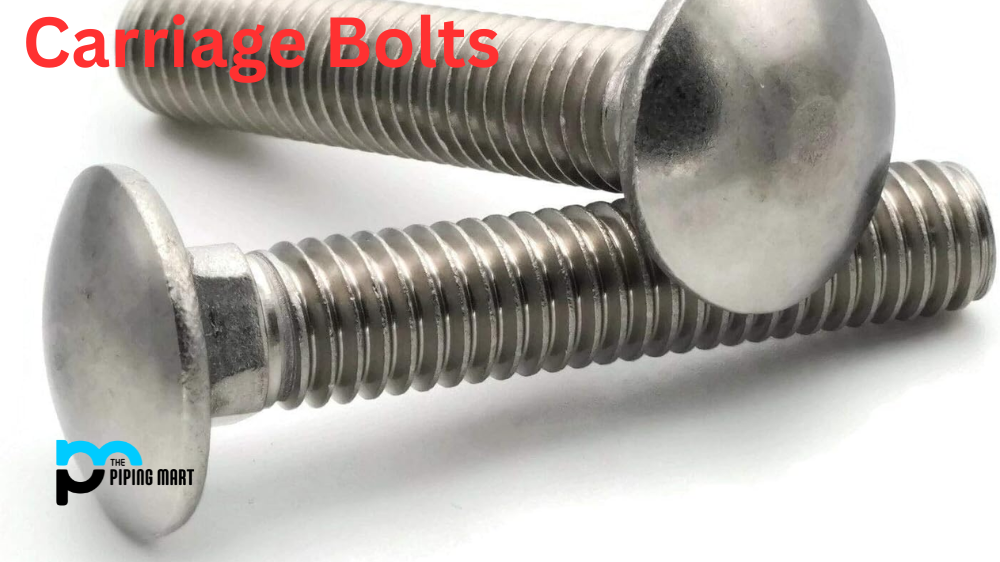In fasteners, dowel pins are the primary method for aligning parts in machinery and equipment. This small yet powerful component is cylindrical and can be found in various sizes, materials, and types. This blog post will explore the properties, uses, and applications of dowel pins. Whether you are a DIY enthusiast or a seasoned engineer, this guide will give you a comprehensive understanding of dowel pins and how to use them in your projects.
What is Dowel Pins?
Dowel Pins are short cylindrical metal, plastic, or wood rods. These pins align and join two components in various engineering applications, such as automobile and furniture manufacturing. Dowel pins provide an effective joining solution because they create a tight fit due to their smooth surface and internal tapered ends that allow for secure insertion into pre-drilled holes.
Dowel Pins Properties:
Dowel pins are small yet complex components with specific properties designed for particular applications. The three primary properties that determine the performance of dowel pins are material, diameter, and tolerance. Typically, dowel pins are made from steel, stainless steel, aluminium, brass, or plastic. Each material has unique properties, such as strength, corrosion, and wear resistance, making it suitable for specific applications. The diameters of dowel pins range from 0.8 mm to 25 mm or more, depending on the application. The tolerance of dowel pins is critical for ensuring the precision of a system. Dowel pins come in different tolerance grades, such as m6, h6, and p6, with the lower value indicating higher accuracy.
Dowel Pins Uses:
Dowel pins have various uses in different applications, including woodworking, metalworking, automotive, aerospace, and electronics. In woodworking, dowel pins are used to align and hold together jointed wood parts, while in metalworking, they help align and secure metal parts. Dowel pins are vital in fixturing, assembly, and checking fixtures in automotive and aerospace applications. Additionally, they are used in packaging, furniture, toys, and electronics, among other fields.
Dowel Pins Applications:
The applications of dowel pins are versatile, including straight dowel pins, stepped dowel pins, pull dowel pins, and headed dowel pins. Stepped dowel pins align machine parts with different diameters, while pull dowel pins align and hold parts together using the tension between the parts’ surfaces. On the other hand, headed dowel pins have a collar on one end to prevent them from slipping through the holes, making them ideal for critical applications.
How to use Dowel Pins:
Using dowel pins requires precision and skills. First, clean and deburr holes to ensure the dowel pins fit correctly. Lubricate the pins to avoid binding and ensure ease of insertion. Insert the dowel pins through one component and place the mating component on top. Align the holes and press the components together. Depending on the application’s material, use a hammer, press fit, or heat to secure the dowel pins. It is essential to use the dowel pins’ correct size and tolerance grade to avoid damage to the components.
Dowel Pins Advantages:
Dowel pins offer several advantages, such as reducing assembly time, improving accuracy and alignment, and enhancing the lifespan of equipment. They help prevent the risk of misalignment, reduce stress on other components, and improve the system’s overall performance. Additionally, dowel pins can withstand high-stress levels and wear and tear, making them ideal for demanding applications.
Conclusion:
In conclusion, dowel pins are essential in various fields and applications, from woodworking to aerospace. Understanding the properties, uses, and applications of dowel pins is crucial, as it ensures the effectiveness and longevity of the equipment. Hopefully, this guide has provided valuable insights on selecting, using, and applying dowel pins in your projects. Precision and accuracy are critical when using dowel pins, so take the necessary precautions when fitting them into your projects.

A passionate metal industry expert and blogger. With over 5 years of experience in the field, Palak brings a wealth of knowledge and insight to her writing. Whether discussing the latest trends in the metal industry or sharing tips, she is dedicated to helping others succeed in the metal industry.




